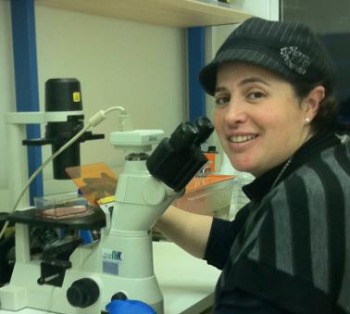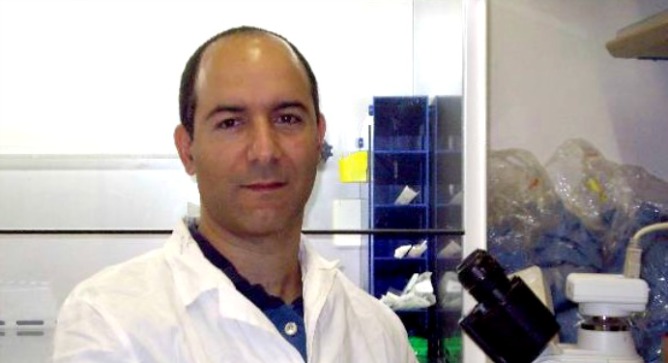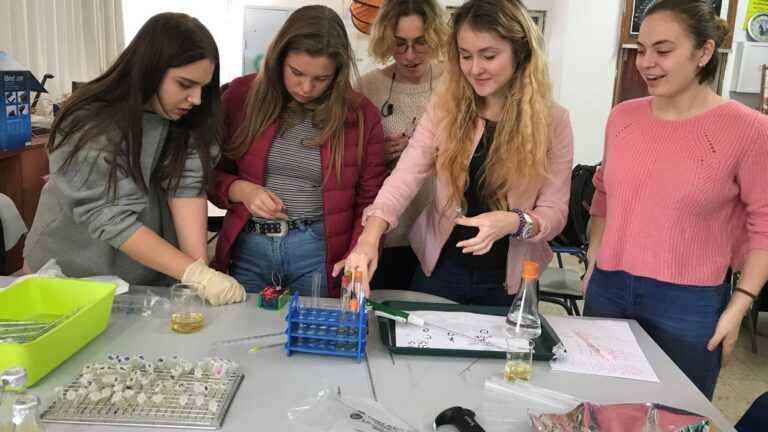An Israeli postdoctoral fellow has identified a genetic protein likely to be involved in the development and spread of glioblastoma, the most common and aggressive type of brain cancer in adults.
Each year, approximately 22,000 people in the United States are diagnosed with a potentially life-threatening brain tumor. Glioblastoma tumors are extremely difficult to remove surgically, and they press on or damage brain tissue as they grow. Chemotherapy and radiation do not help much; the median survival rate even with these interventions is just over a year, and only about 10 percent of glioblastoma patients live five years or longer after diagnosis.
Spread the Word
• Email this article to friends or colleagues
• Share this article on Facebook or Twitter
• Write about and link to this article on your blog
• Local relevancy? Send this article to your local press
Supported by the Israel Cancer Research Fund (ICRF), biochemist Regina Golan-Gerstl identified a protein — splicing factor hnRNP A2/B1 — that is highly “overexpressed” in tumor samples from patients with various types of brain cancer when compared with samples taken from healthy brains. Their finding was reported in the journal Cancer Research, published by the American Association for Cancer Research.
Working in the laboratory of Rotem Karni at the Institute for Medical Research Israel-Canada of the Hebrew University-Hadassah Medical School, Golan-Gerstl and her team then injected lab mice with glioblastoma cells. Mice in the control group rapidly developed large tumors. In the second group of mice, the scientists used a biologic “knockdown” technique to reduce hnRNP A2/B1 before injection. Those mice developed only small tumors or no tumors at all.
New therapeutic strategy

- Regina Golan-Gerstl, Ph.D.
“These results suggest that hnRNP A2/B1 is a driving oncogene — a gene that causes normal cells to become cancerous — on its own and probably directly contributes to glioblastoma development,” said Karni. “Overexpression and amplification of hnRNP A2/B1 correlate with poor prognosis of glioma patients, whereas deletion of the hnRNP A2/B1 gene correlates with better prognosis than average.”
The Israeli scientists’ data suggest that hnRNP A2/B1 is a new biomarker for glioblastoma patient survival and a new proto-oncogene that regulates the splicing and other RNA processing steps of several tumor suppressors and oncogenes.”
“Down-regulating hnRNP A2/B1 levels in glioblastoma cells should be considered as a new strategy for glioblastoma therapy,” he said.
The researchers in Karni’s lab are now trying to identify which genes are regulated by hnRNP A2/B1. He noted that in a previous study of brain and breast cancer cells with knockdown of hnRNP A2, “we identified key genes of very important pathways involved in cancer development and maintenance,” as well as genes that indicate proliferation of cancer or tumor suppression.

















